Students Use AI to Solve Air Quality Challenges at Inaugural Hackathon
For two days in early June, conference rooms at the University of Utah’s Scientific Computing and Imaging (SCI) Institute buzzed with discussions of data, algorithms, AI, atmospheric sciences, and public health and policy as dozens of hackathon participants built digital tools to address the poor air quality the Wasatch Front faces during inversions and wildfires.
The One-U Responsible AI Initiative (One-U RAI) Breath of Fresh Air AI Hackathon took place at the Warnock Engineering Building on June 4–5 after a month of preparation that included a team-building kickoff on May 1 followed by 15 virtual training sessions or office hours. Sessions featured environmental science experts from the U, local companies, the Utah Department of Air Quality, computer scientists who run the National Data Platform, and most often, software and hackathon experts from flagship sponsor Amazon Web Services (AWS).
AWS offered tools and training for students with and without coding experience to encourage a broad range of participation across the hackathon’s four tracks: air quality prediction models, mitigation strategies, understanding and analysis, and data-driven products for health outcomes.
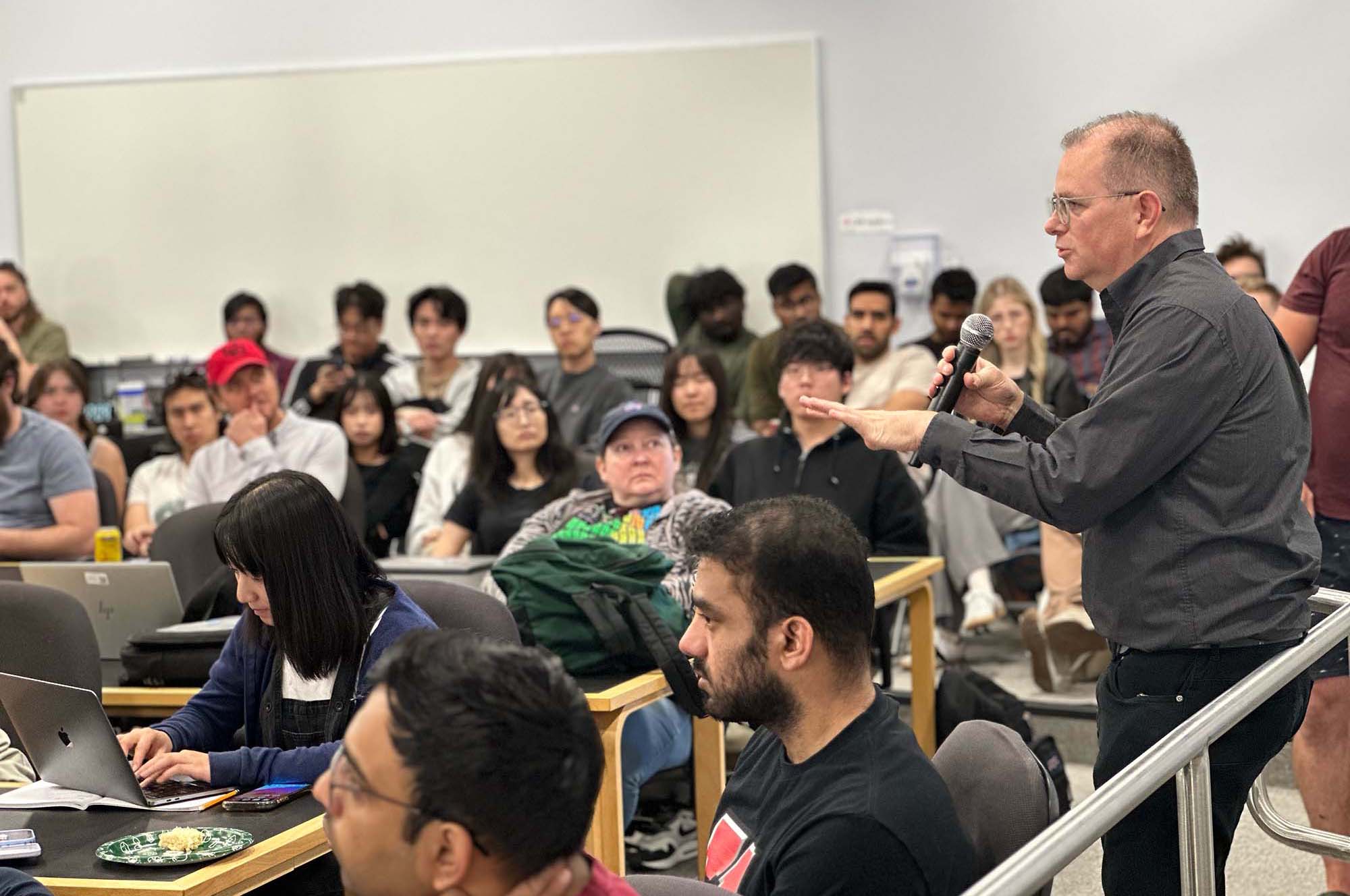
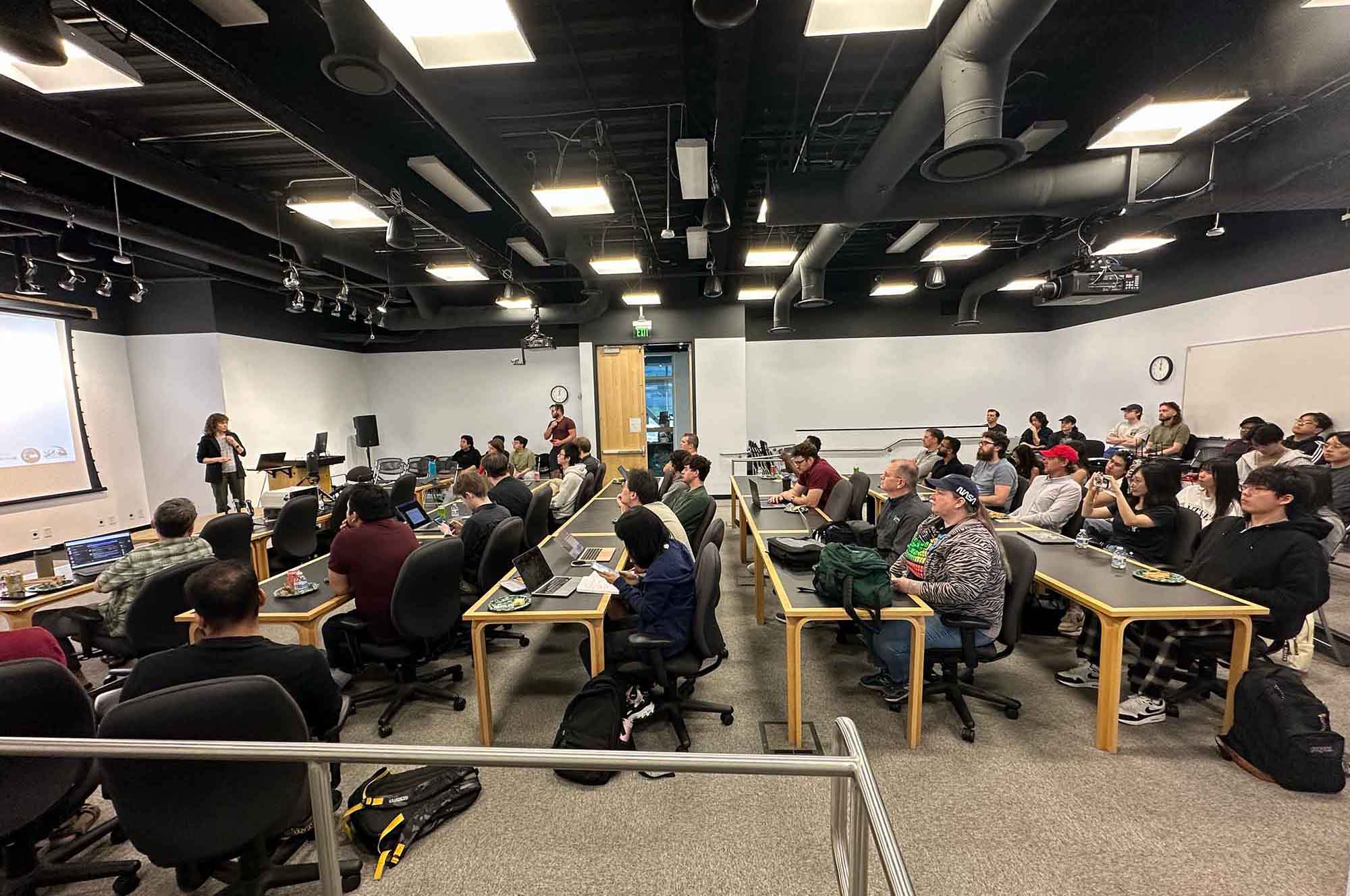
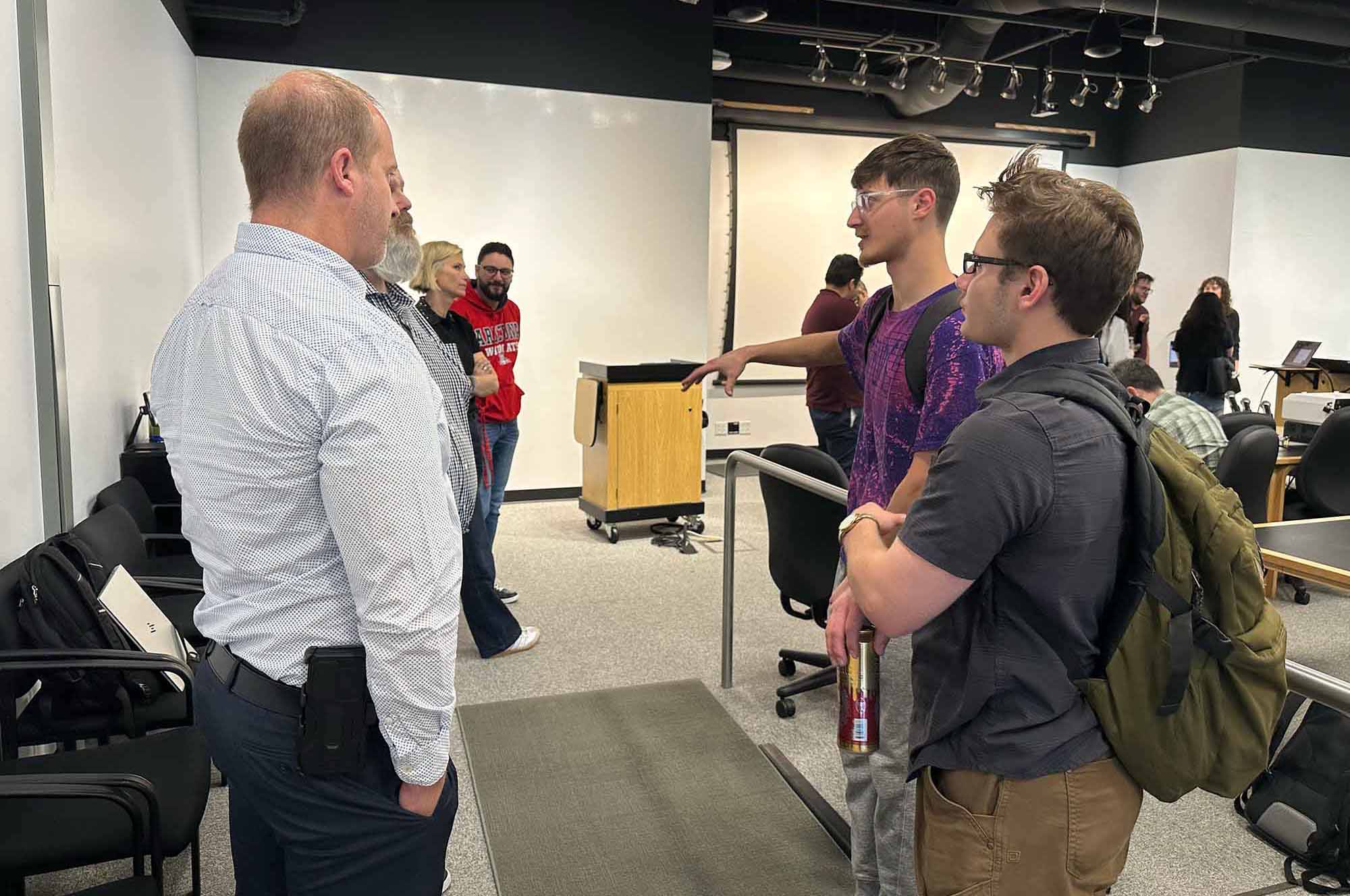
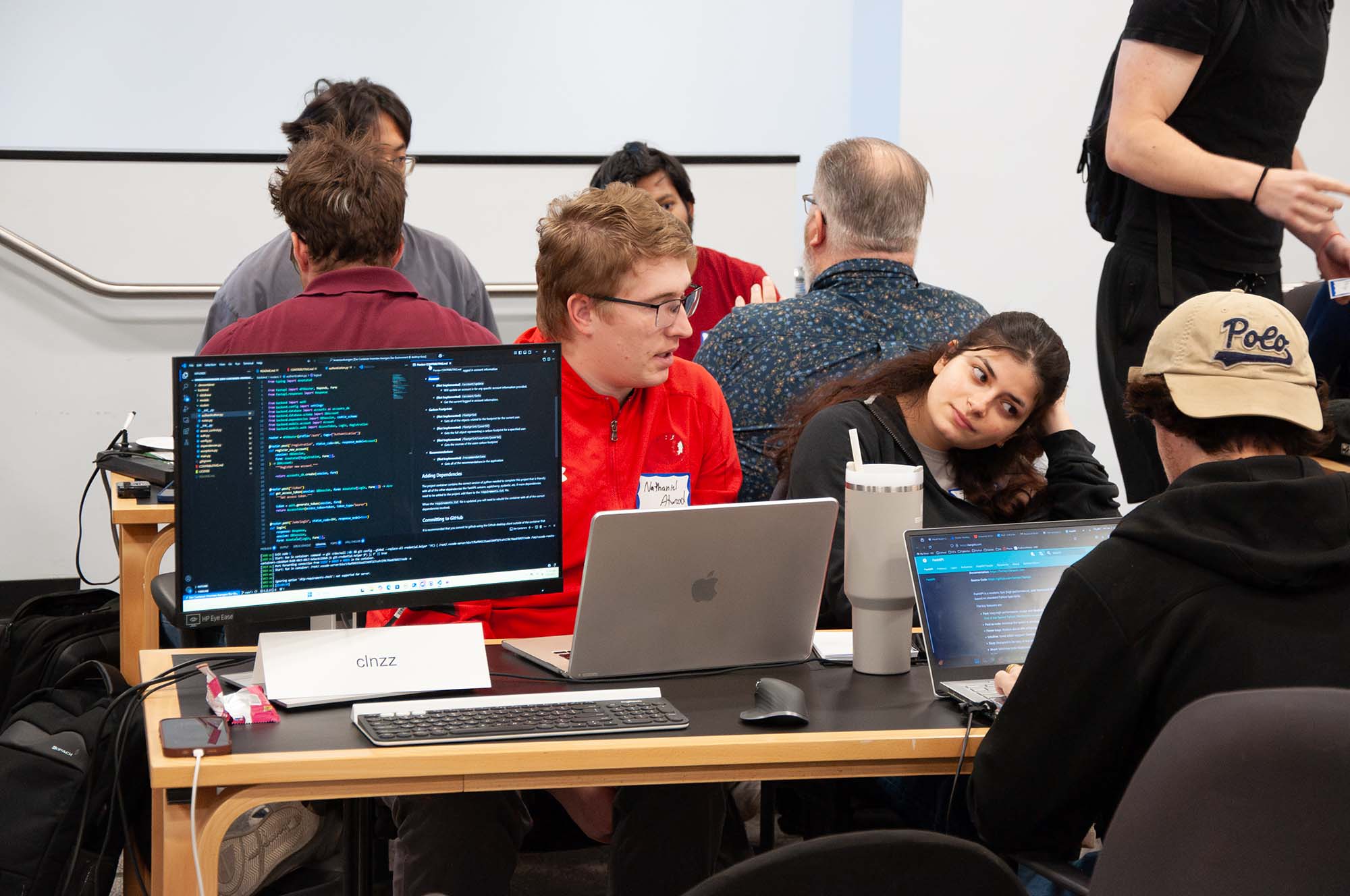
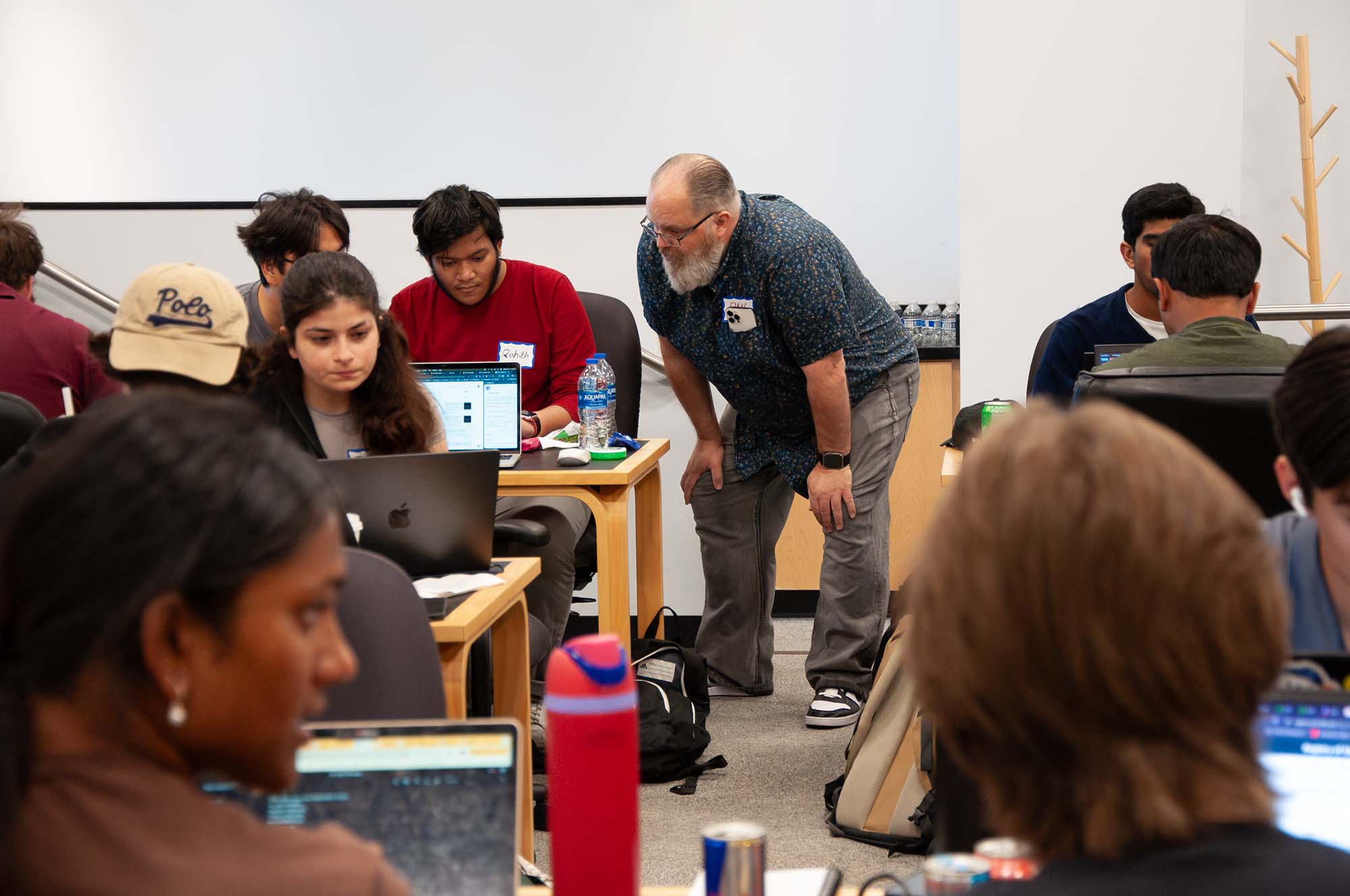
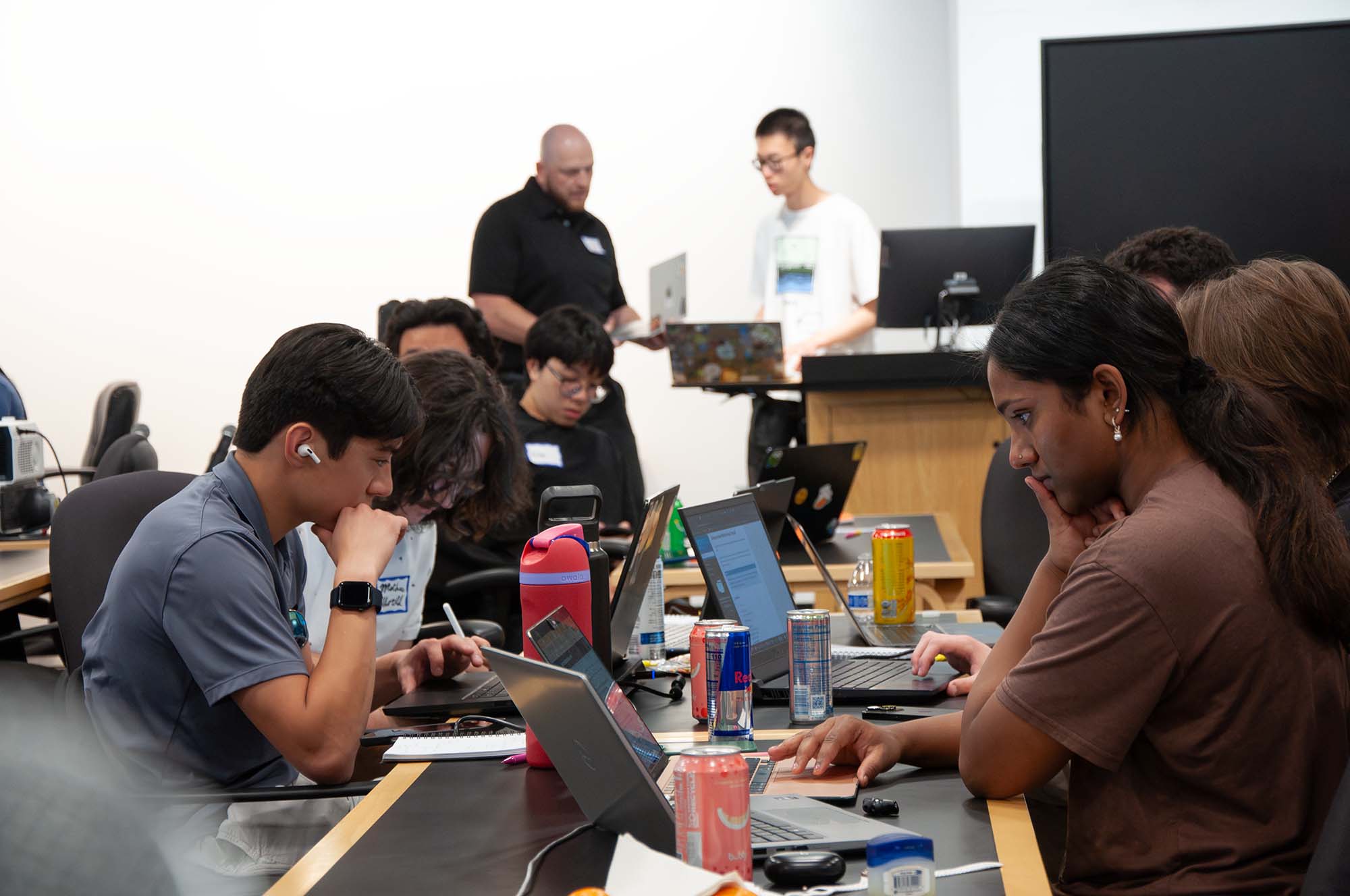
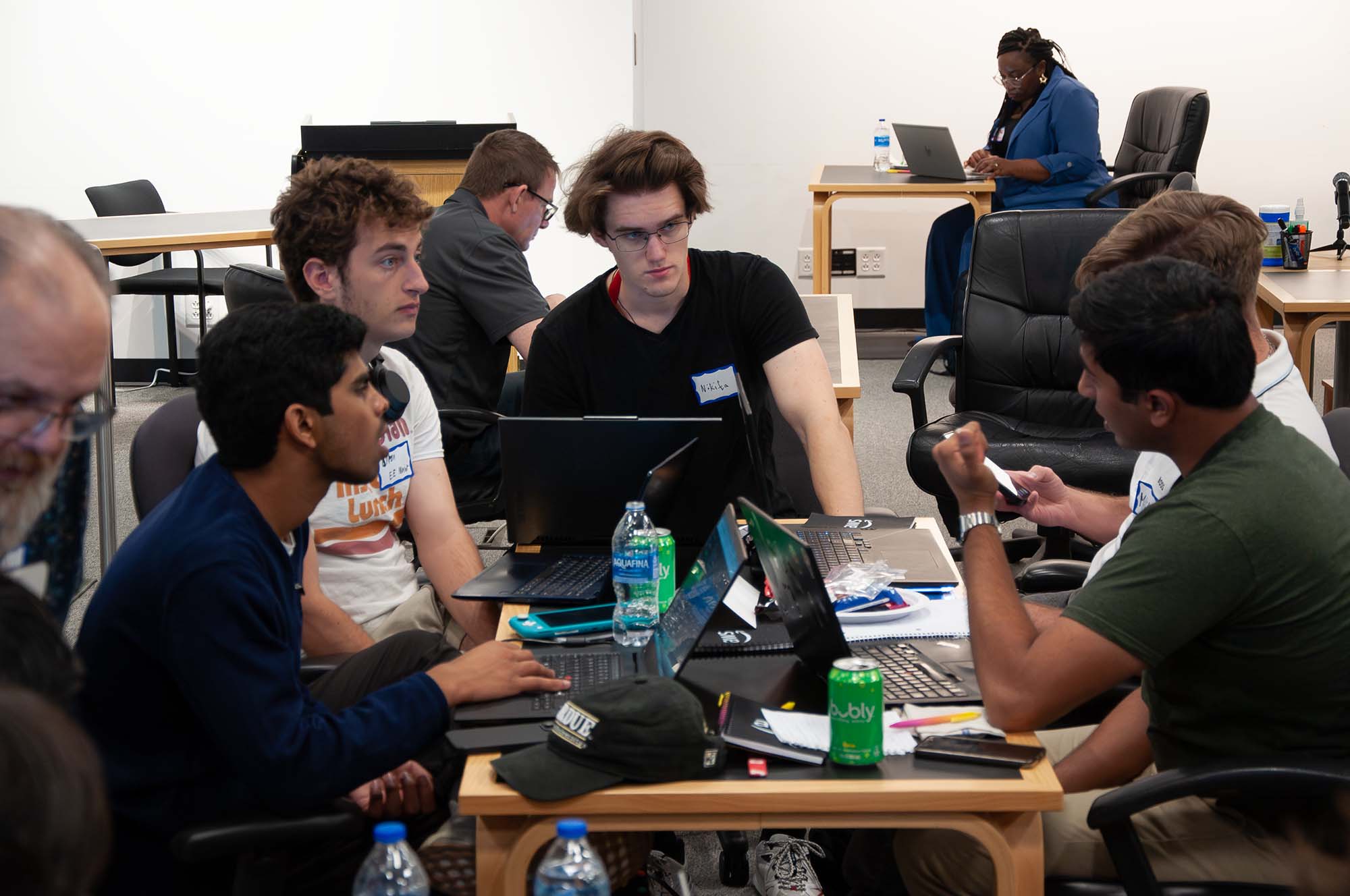
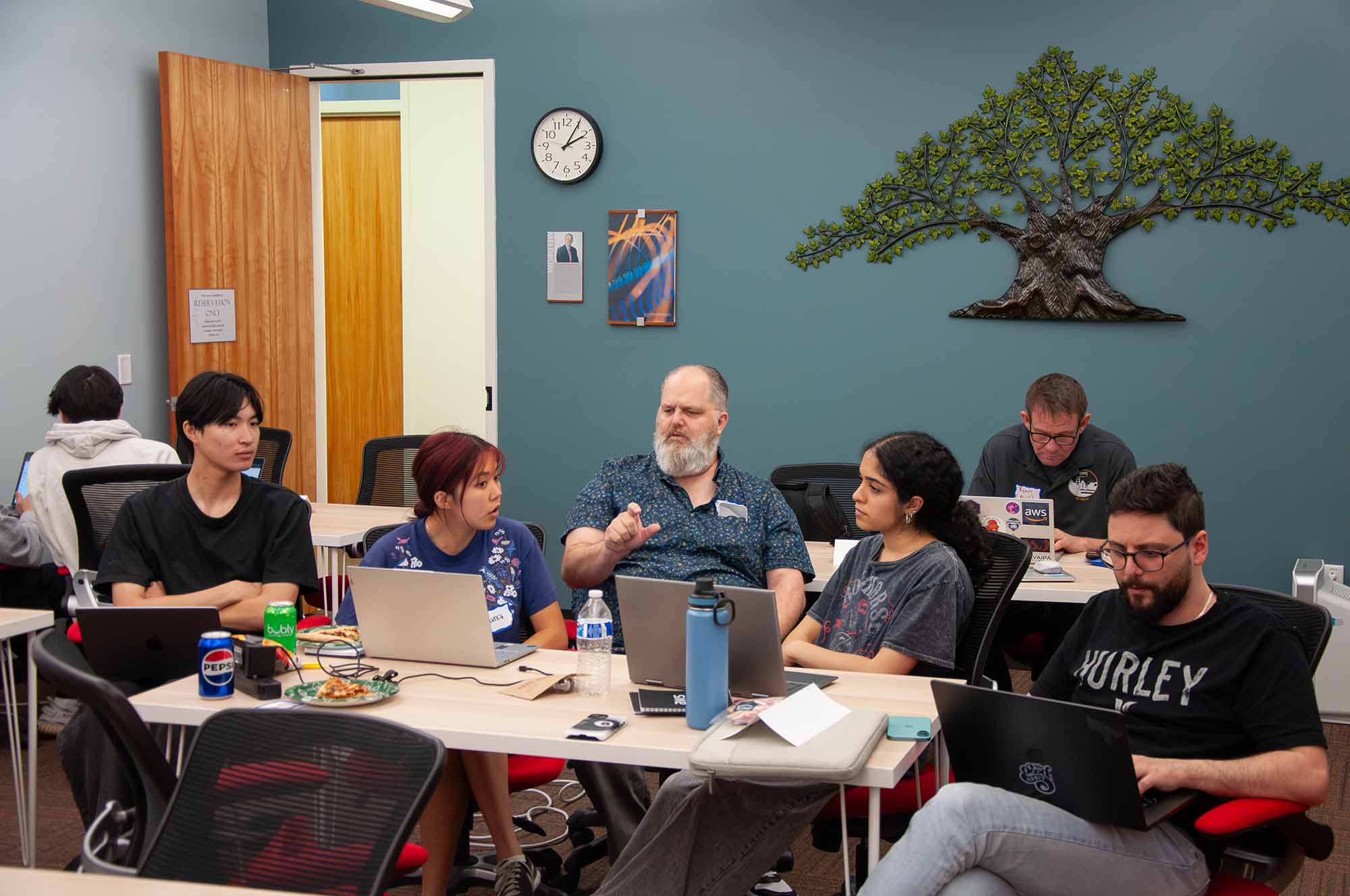
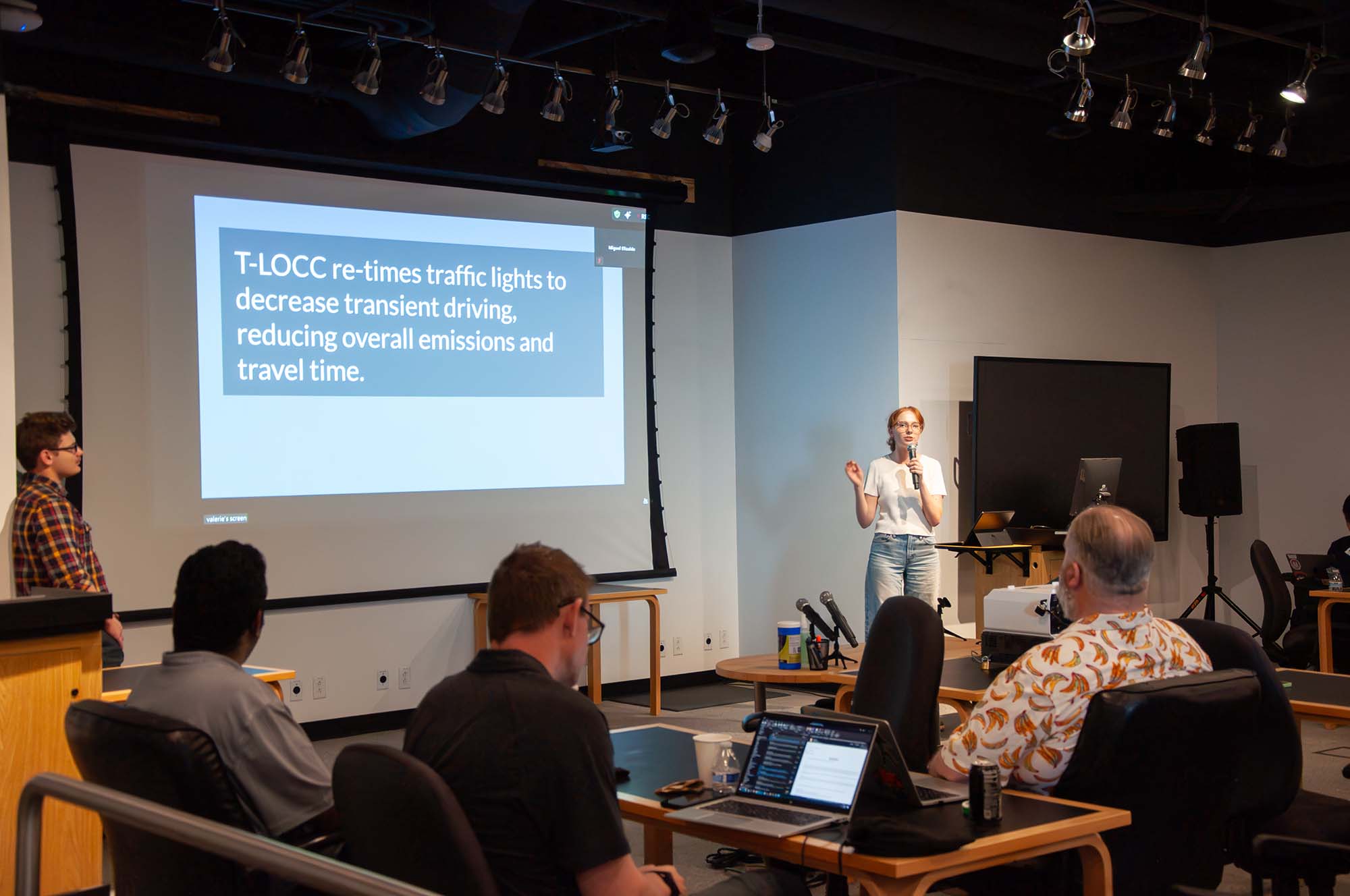
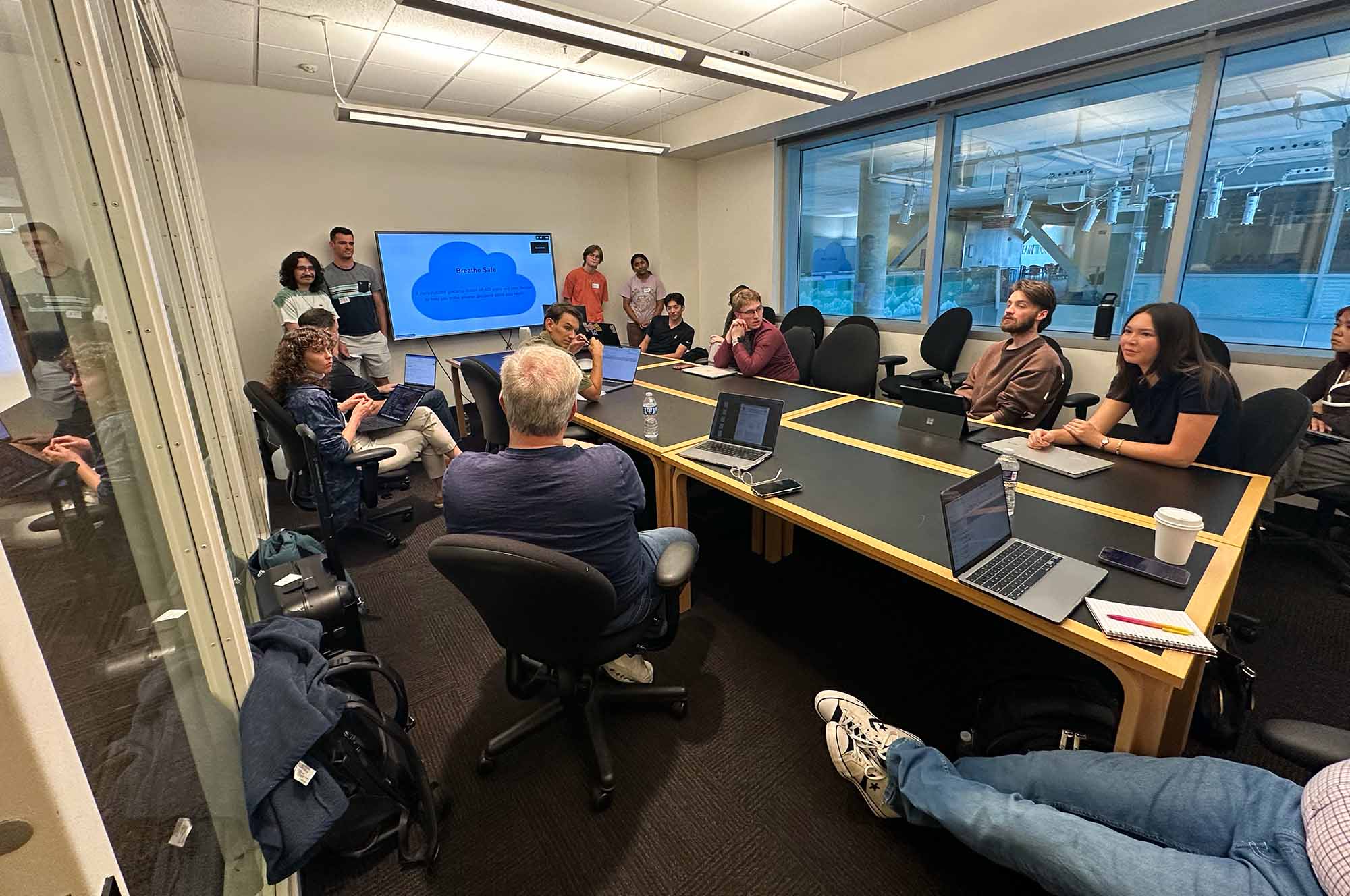
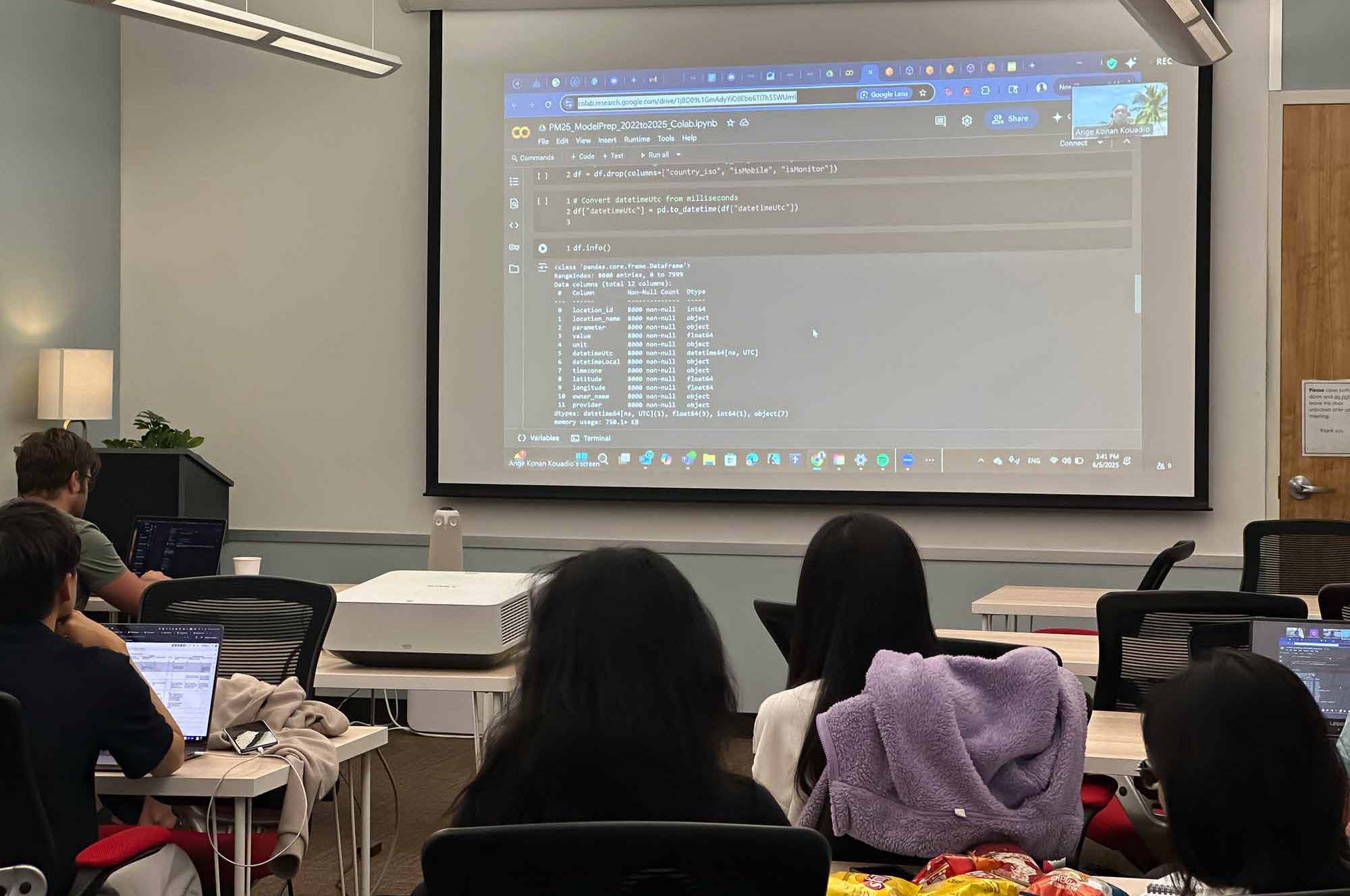
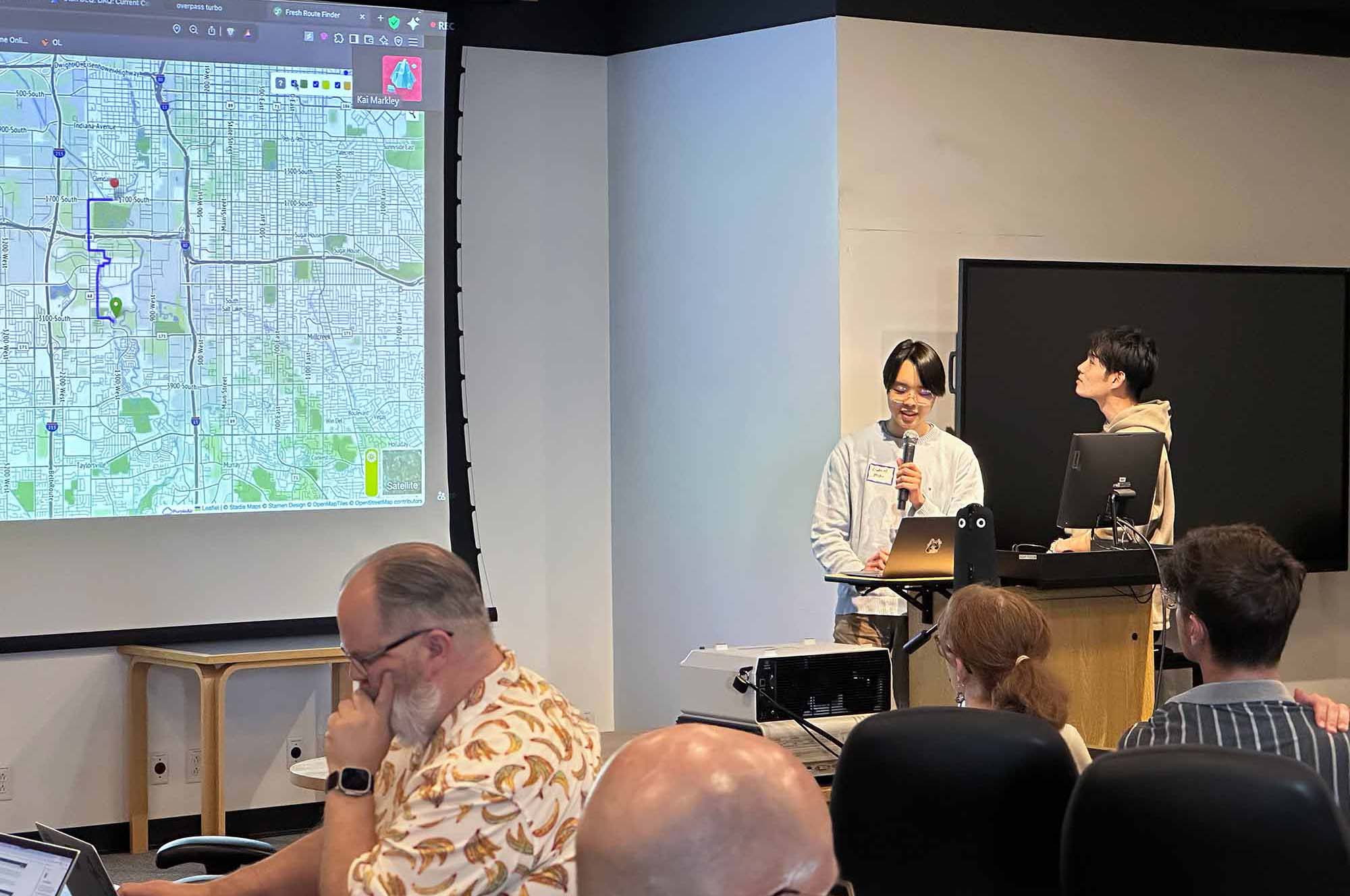
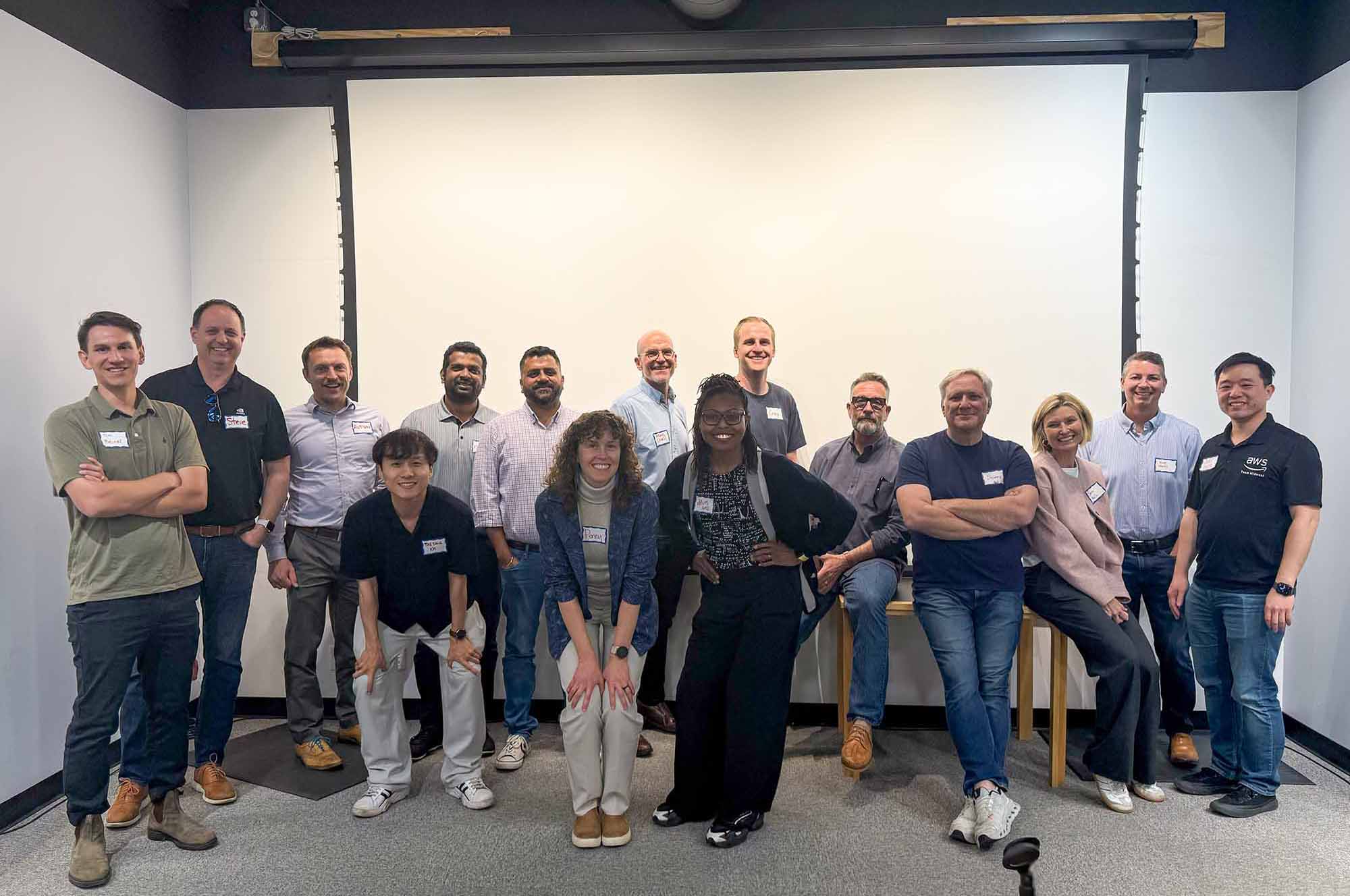
The hybrid hackathon officially launched midday June 3, when participants received access to AI-powered AWS tools—including SageMaker and Bedrock—to make their ideas a reality. While some participants continued to work remotely, most worked at SCI starting the following morning, and returned June 5 to polish off their projects and pitch to pods of expert judges from industry, government, and academia.
To expedite the judging process for the 16 teams and 85 total participants, each team was assigned to one of three pitching rooms where a subset of judges evaluated them in real time. After the pitches, all 16 judges convened to deliberate on the winners. From there, seven teams came out on top for their innovative ideas, use of AI, and presentations, and were invited to an awards ceremony on June 6.
Penny Atkins, hackathon lead organizer and One-U RAI director of research and science, thanked everyone who made the event possible, from students to judges. “Our community partners that showed up—our subject matter experts and judges, some of whom even flew in from out of state—were key to the hackathon’s success,” Atkins said. “And I was so impressed with the students’ creativity. They put together great projects in such a short amount of time.”
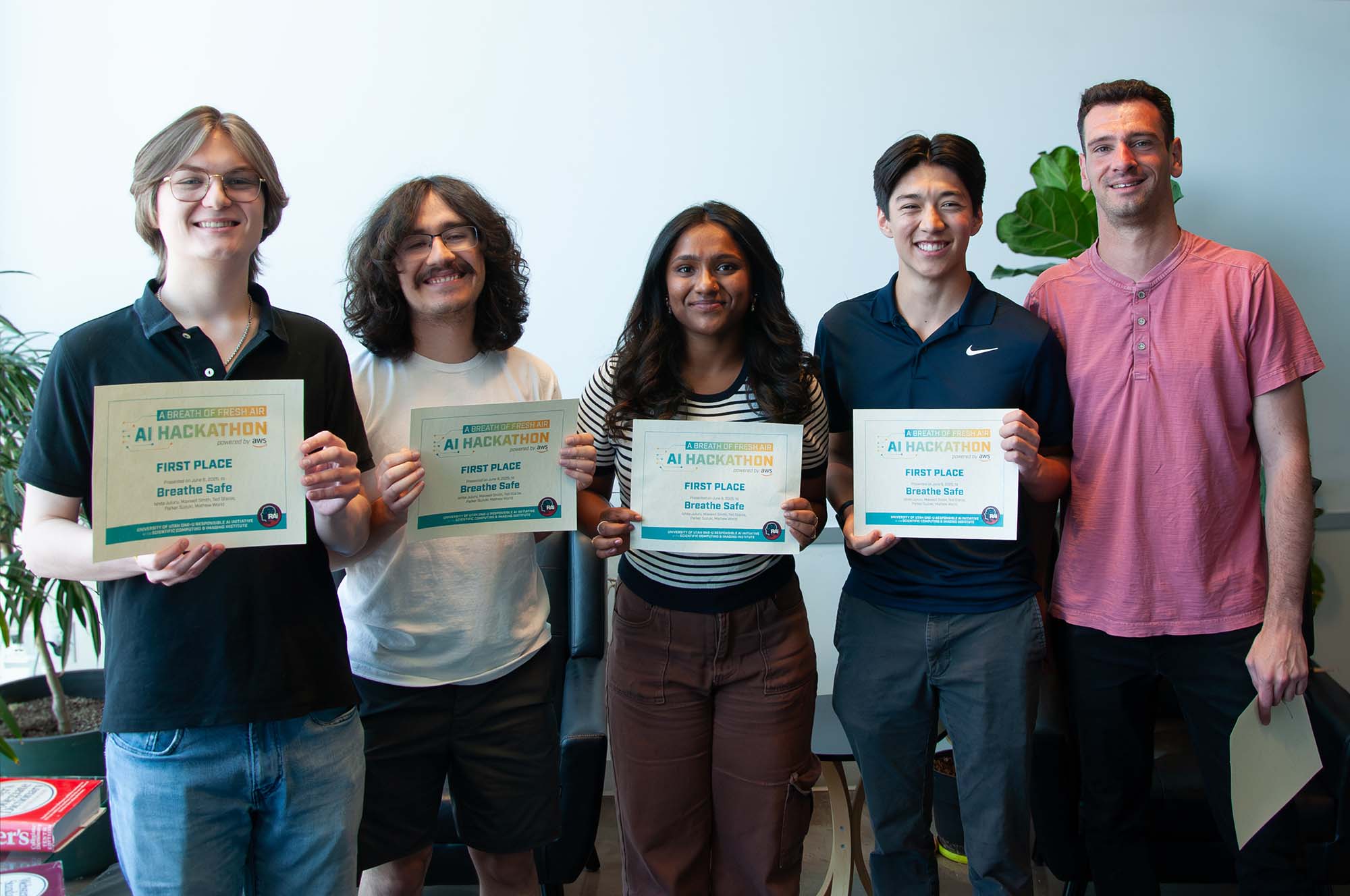
Note: photos may only partially depict teams, and members are not necessarily listed in order of depiction.
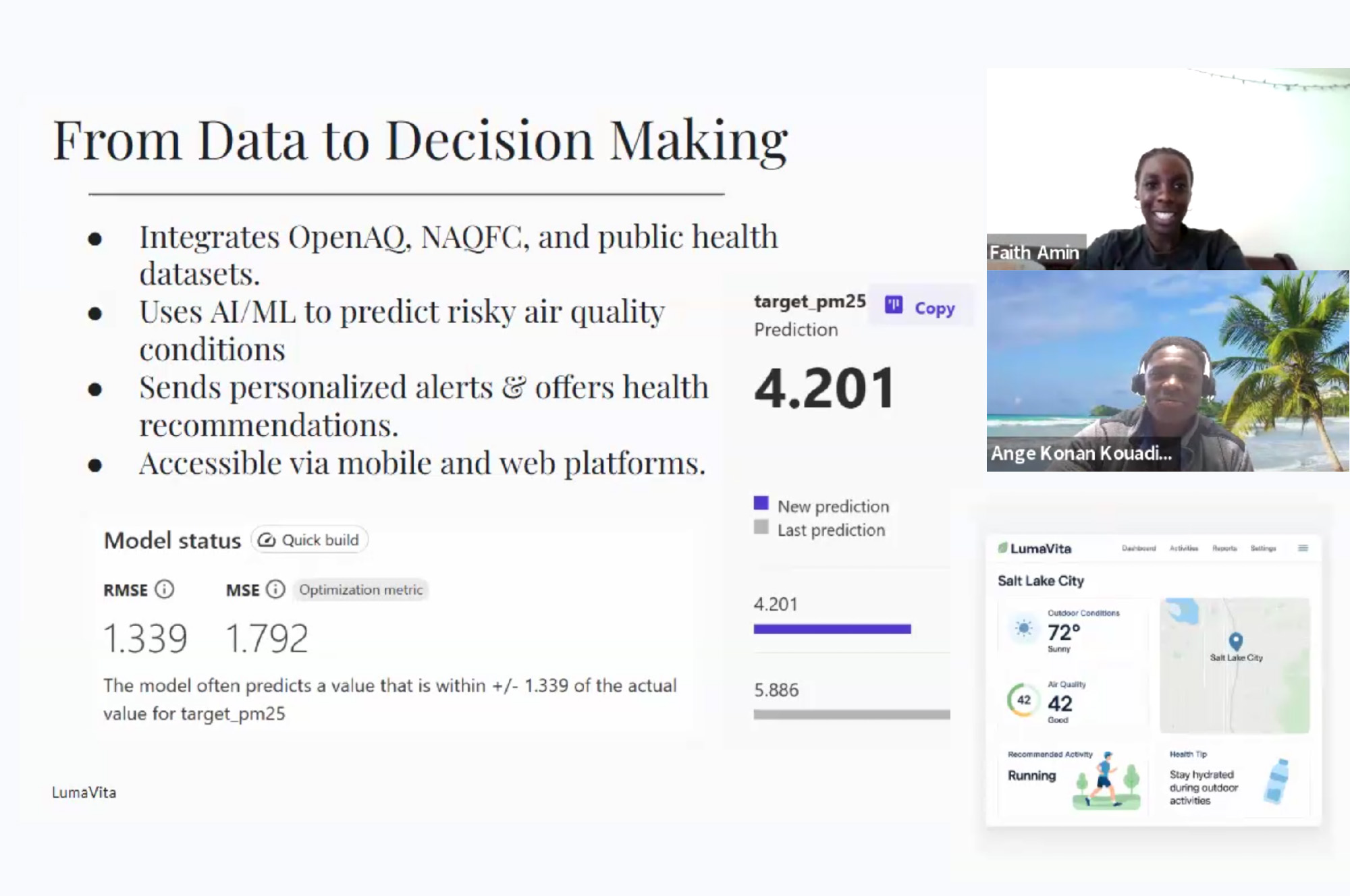
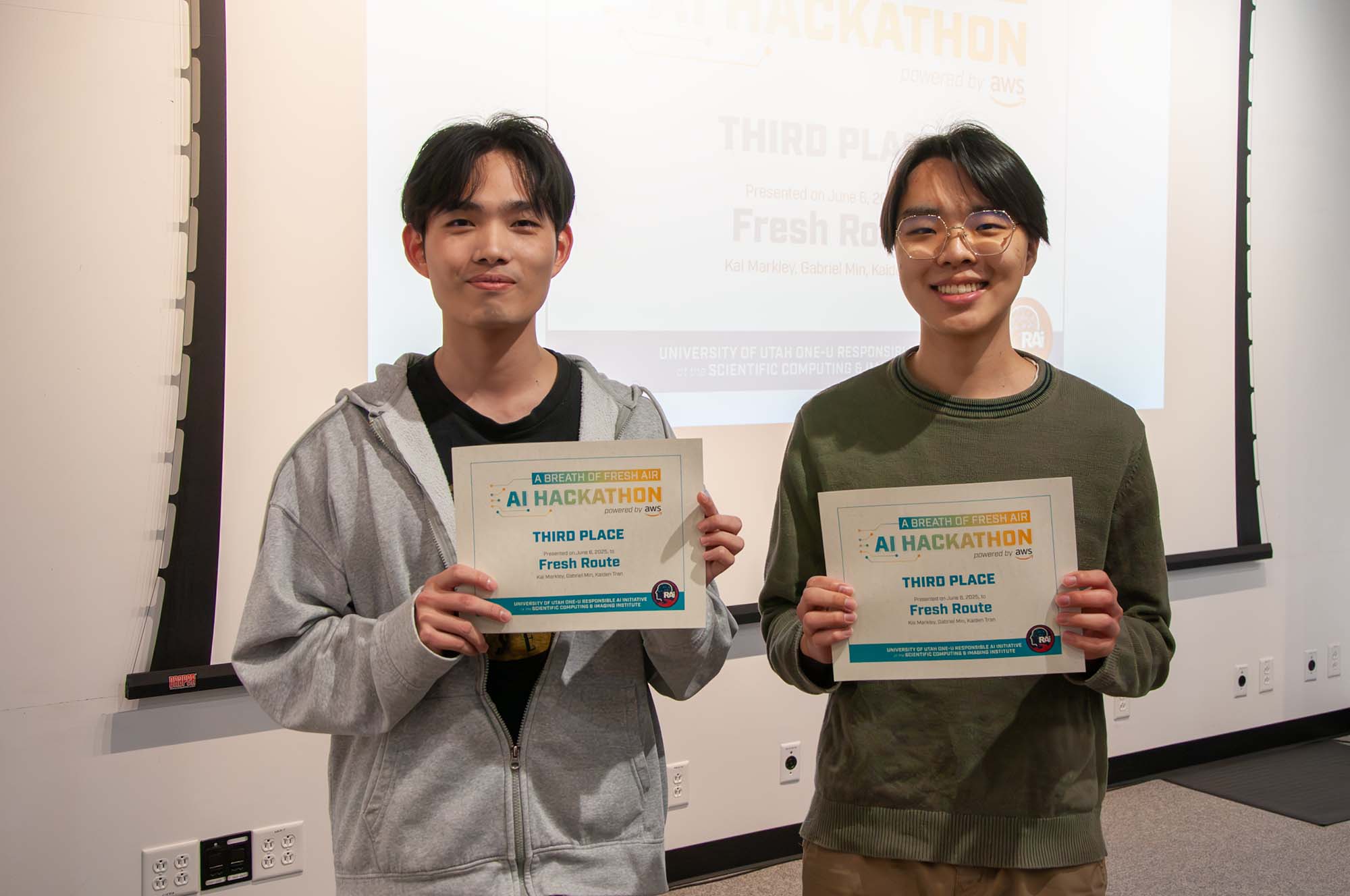
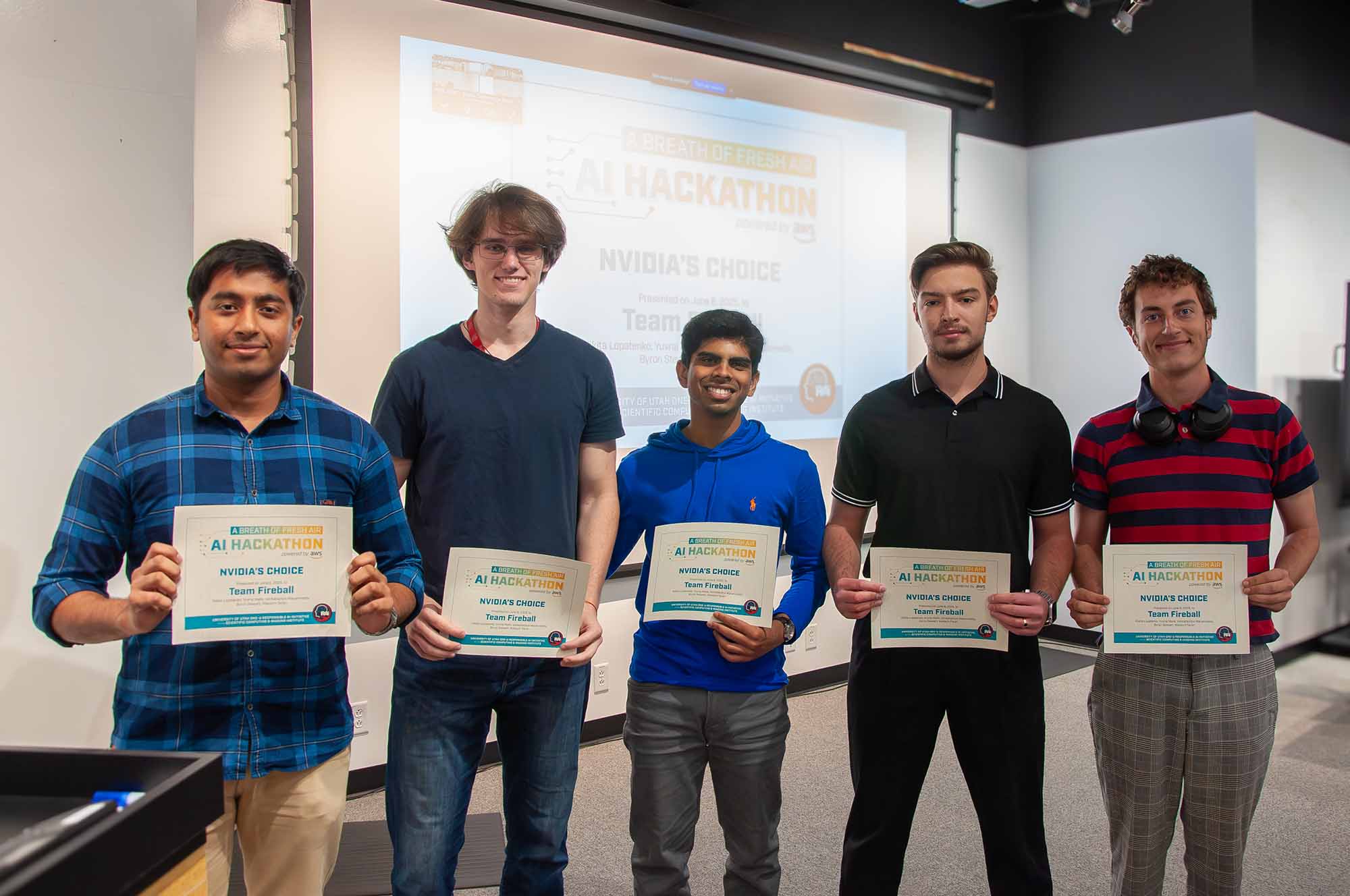
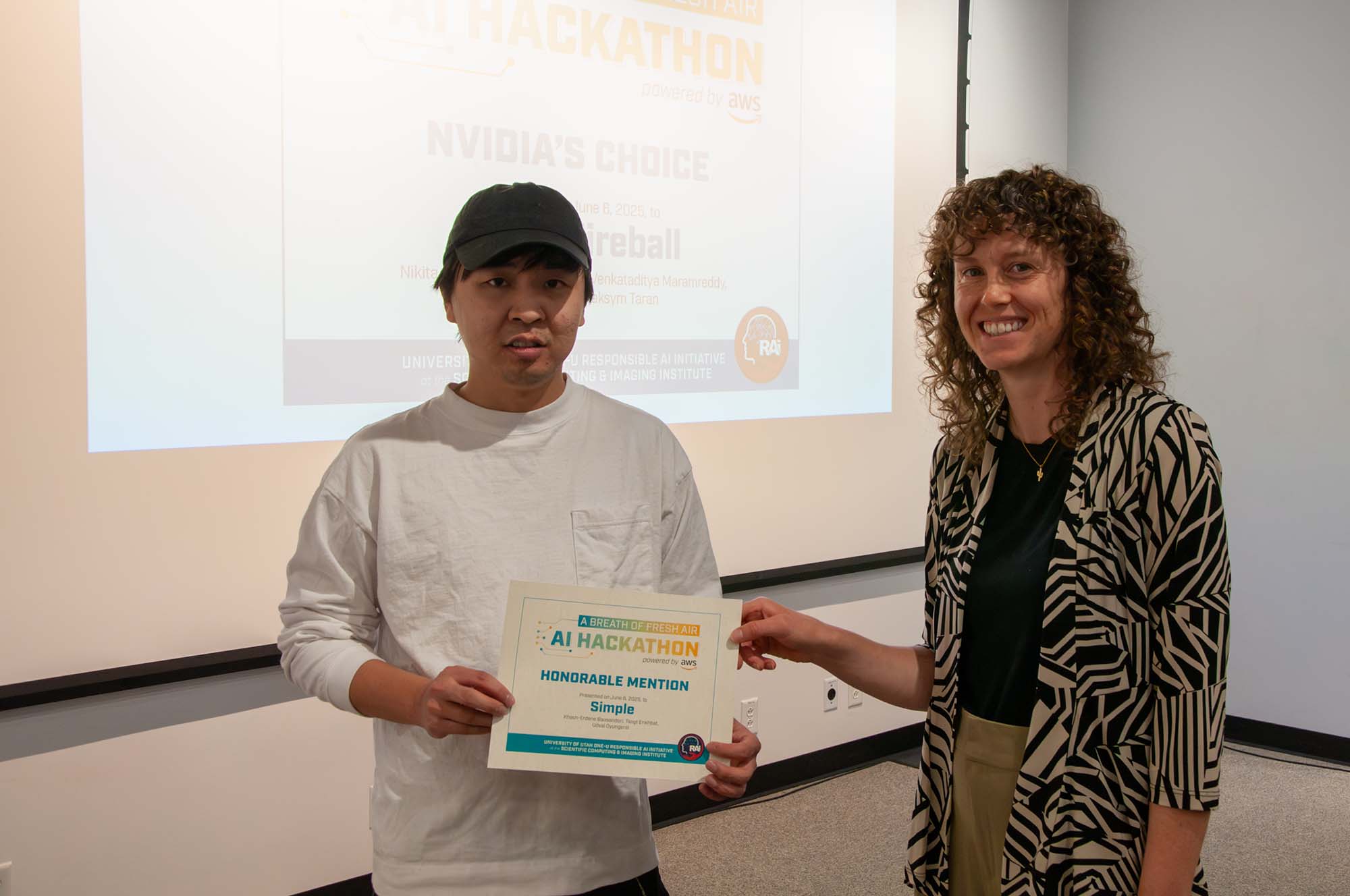
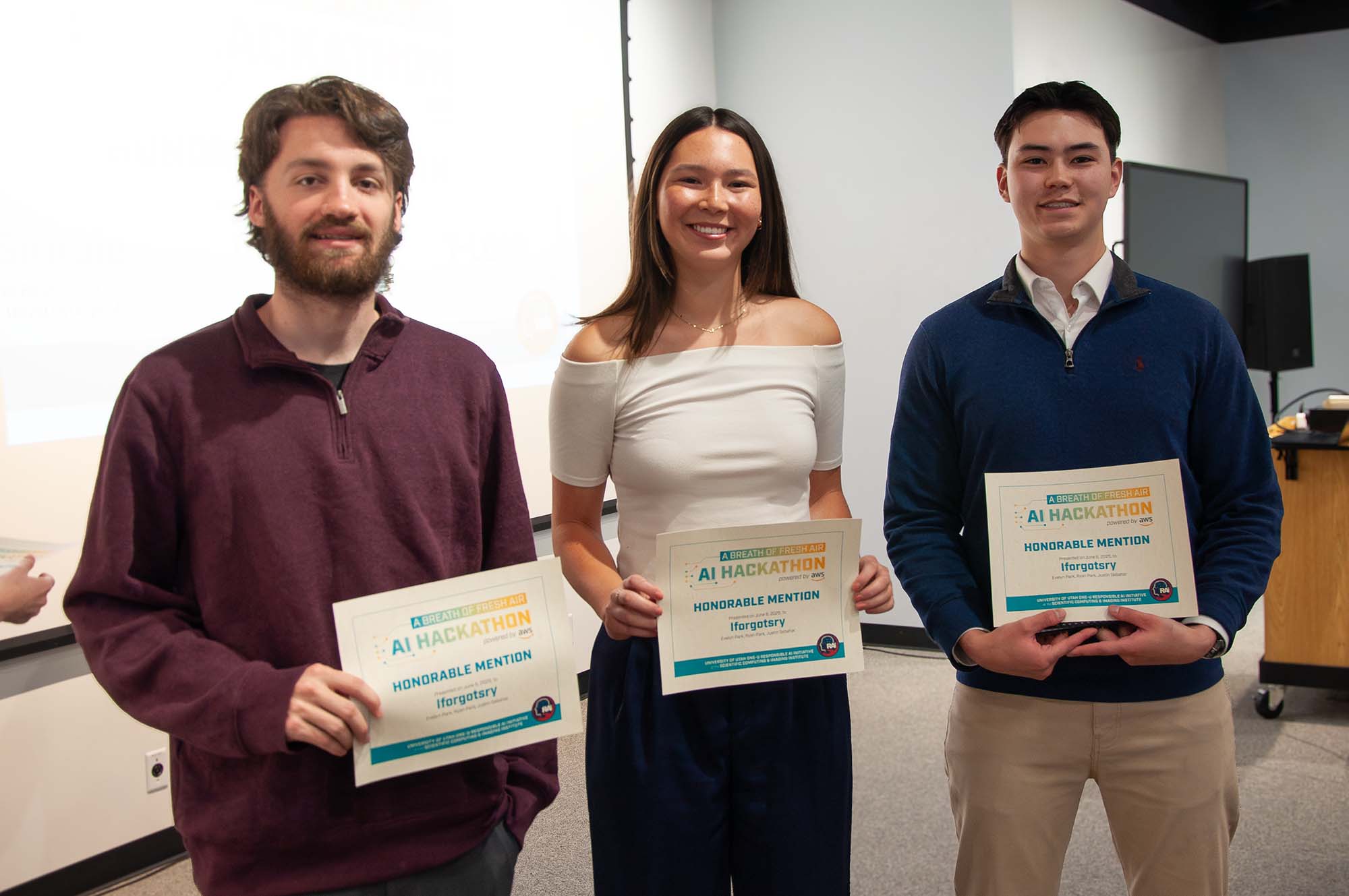
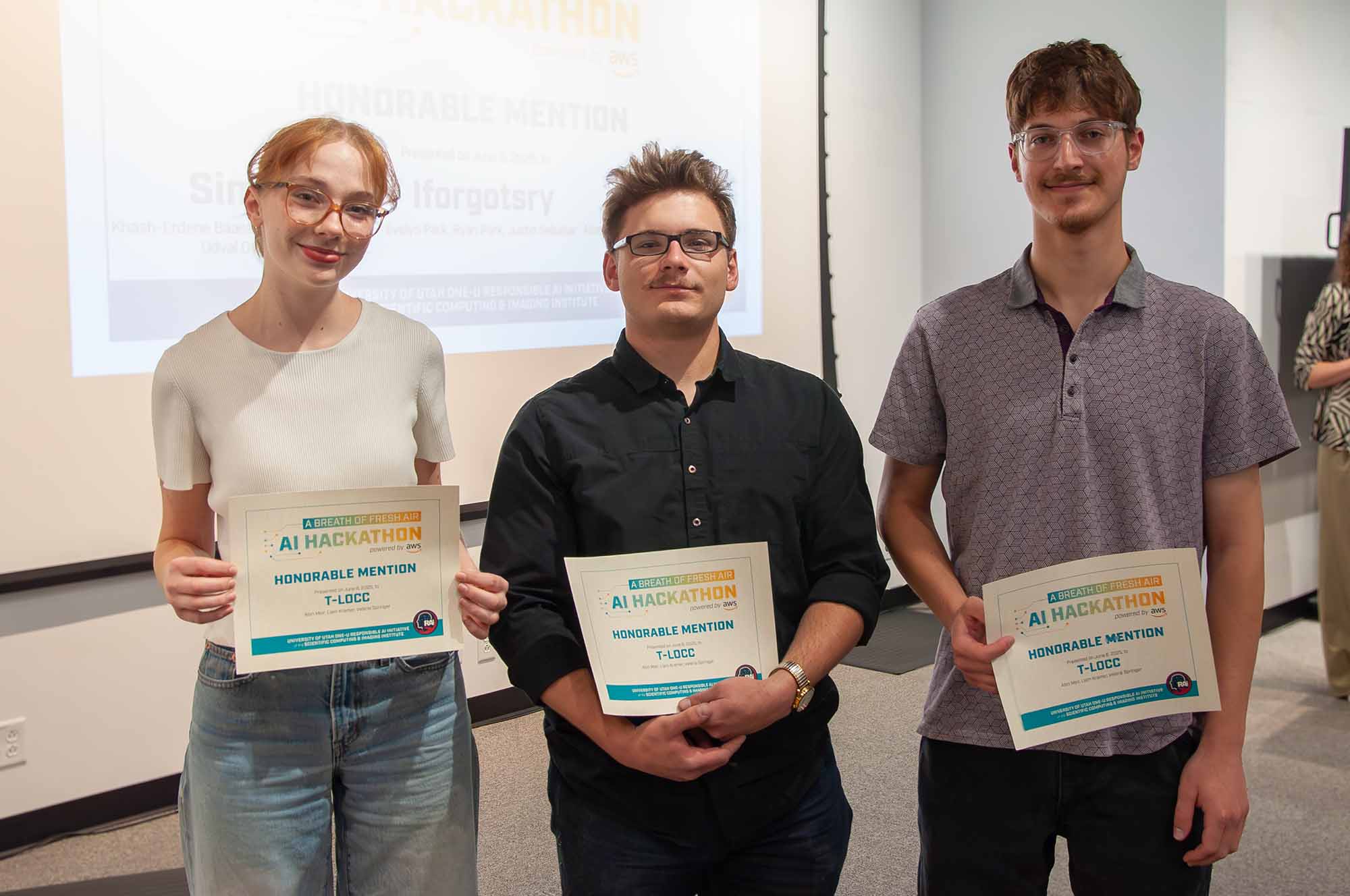
The first-place team, BreatheSafe, built a tool that predicts the air quality index (AQI) based on factors such as PM2.5 and ozone, and texts and emails users with an easy-to-read air risk score that takes their personal health into account. “Salt Lake City ranks among the top 10 worst U.S. cities for short-term air pollution due to winter inversions and wildfire smoke,” the team wrote in their one-pager—a requirement for each project. “Yet vulnerable residents still lack real-time, personalized guidance. Raw AQI data isn’t enough. We need tools that translate it into clear, health-focused alerts.”
View one-pagers from the top teams
BreatheSafe stood out to judges for their use of traditional machine learning—a subfield of AI in which algorithms learn from data in order to perform new tasks—their clear, compelling presentation, and the functionality of their tool, which they designed in React for a clean, mobile-friendly experience.
The team members, all upperclassmen computer science majors, became friends in an algorithms class taught by Travis Martin. This was the group’s first hackathon, though team member Ishita Juluru also co-won the Wilkes Student Climate Innovation Prize last year. Now, they hope to compete in more hackathons.
“I definitely learned so much,” Juluru said—particularly about AWS tools. The team said it was an enjoyable experience reflective of their time in computer science, where they’re often given a new, unfamiliar task and need to draw from previous lessons to figure it out. They appreciated the hackathon’s creative freedom, the opportunity to take a product from start to finish, and the chance to pitch to industry judges—all good professional experience. The team, in a word, was “hyped” to win. “The U should do events like this more often,” Juluru said.
The One-U Responsible AI Initiative expects to hold the hackathon annually as long as student and sponsor interest endures. Hackathon topics will pull from the initiative’s focus on the environment, healthcare and wellness, and teaching and learning, and will be announced early in the spring semester. Sign up for initiative email updates to stay in the loop.
Thank you to our generous sponsors for making this event possible: AWS | NVIDIA | Pepsi | 47G | Utah Office of Artificial Intelligence Policy | BrainBox AI | Trane | BoodleBox | National Data Platform
